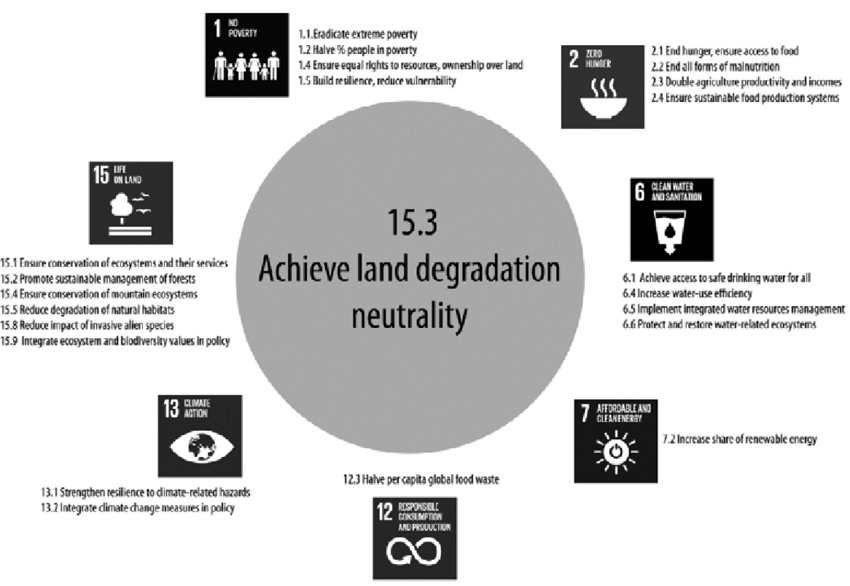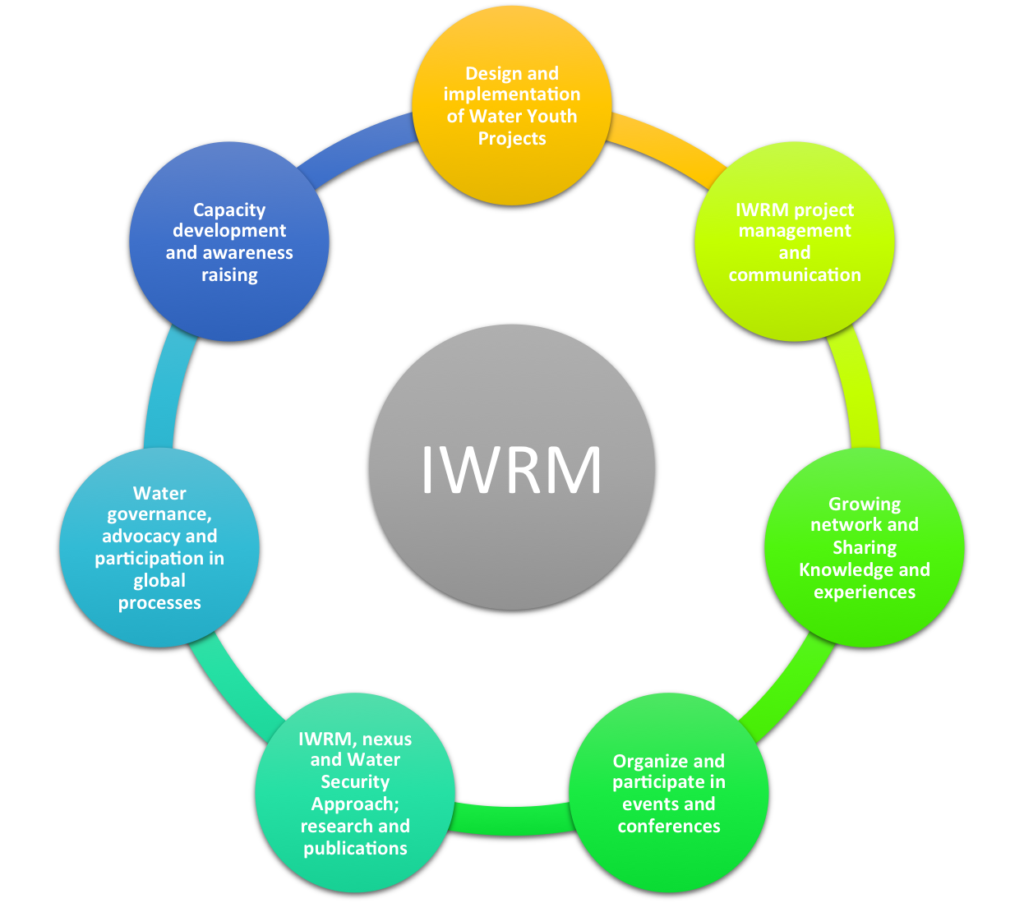The 2021 UN Food Systems Summit is expected to convene this year in September/October. The Food Systems Summit will provide a platform for new actions and innovative solutions for the benefit of food system approaches across the 2030 agenda and also for tackling the challenges of climate change. There are five action tracks for the 2021 Summit, ‘Boost nature-positive production’ is the title of action track 3 and it aims to bring stakeholders together to address challenges and solutions to deliver food production systems that can work for both people and nature. Action tack 3 has a goal to ‘boost nature-positive production systems at scale to globally meet the fundamental human right to healthy and nutritious food while operating within planetary boundaries’ (UN, 2020).
There are three areas of collective action and innovation (ACAIs) stakeholders will work towards for action track 3, they are 1. Protect, 2. Sustainably manage, and 3. Restore. (UN, 2020). Essentially in order to continue the success and deliver the 2030 sustainable development goals we need to restore degraded ecosystems and rehabilitate soil function for sustainable food production. Ecological restoration is needed in areas like these when the degraded ecosystem is unable to self-repair.
Currently across the planet the amount of land considered to be degraded can make up an area larger than south America, this area consists of ~2 billion hectares (UN, 2020). An additional 500 million hectares of land is known to be abandoned, this is wasted land with the potential of being an asset to the environment and the economy. Continuous land degradation not only reduces biodiversity but it brings a significant cost with it, it is thought that the annual cost of land degradation is between 10-17% of global gross domestic product (GDP) (Crossman et al., 2017).
One of the UN’s SDG’s (No. 15) Life on land has a target aiming to achieve land degradation neutrality globally by 2030, the innovation of restoring biodiversity not only fits this target but also several other SDG as can be seen in the illustration below.

Illustration of sustainable development goal no.15 targeting ecological restoration.
Implementation, financing, and regulatory challenges need to be addressed to allow restorative innovations to scale up. We must develop and apply innovative governance mechanisms and financing models to allow us to rehabilitate degraded agricultural land and prevent further unsustainable management practices. Fortunately, people have become aware of the need to restore and there has been many new approaches developed and strategized for ecological restoration. Three approaches I thought would greatly help towards reaching the goals of Action Track 3 under the innovation to restore are, Sustainable Land Management (SLM), Sustainable Forestry Management (SFM) and Integrated Water Resource Management (IWRM). These landscape-scale integrated approaches together aim to aid land and water management while lessening trade-offs.
SLM can be defined as ‘a system of technologies and/or planning that aims to integrate ecological with socio-economic and political principals in the management of land for agricultural and other purposes to achieve intra- and intergenerational equity’ (Hurni, 2000). SLM approaches have been adopted and adjusted to suit different situations however, each approach has the same holistic management of land for improving biodiversity conservation, sustainable rural livelihoods, and food production. SLM include practises to prevent land conversion and protect vulnerable lands, prevent and mitigate land degradation and restore degraded soils, control soil erosion, improve soil-water storage and rehabilitate and sustainably manage dryland environments. The Food and Agriculture Organisation of the Unites States (FAO) have been providing technical options suitable for different conditions, on their website you can see some of their completed and ongoing SLM projects https://bit.ly/3kxGOZb.
Sustainable Forestry management is a set of practices aimed at dealing with the increasing demands of our growing population while preserving ecological functions of healthy forest ecosystems for present and future generations. With SFM we should be able to ensure sufficient timber production while restoring degraded forests with their plentiful original benefits and values (Crossman et al., 2017). Practices like reducing logging and adopting integrate landscape planning through introducing species has helped ecological restoration as well as climate change mitigation.
The demand on water increases as the world’s rising population depends on it. From household needs, energy, the maintenance of water dependant ecosystems, to ecosystem services, the planets water resources are under enough strain without adding the stresses of climate change, poor management, and pollution. The Global Water Partnership’s definition of integrated water resource management (IWRM) states’ IWRM is a process which promotes the co-ordinated development and management of water, land, and related resources’ (Global Water Partnership 2020). Land under poor management has heightened the risk of water and wind erosion of soils, ultimately affecting the water entering streams and reservoirs. Other factors affecting water quality include fertilizers and pesticides, and poor management of livestock waste. Large influential bodies like the UN have developed task forces to help areas of poor management to indicate, monitor and report (Integrated Water Resources Management (IWRM) | International Decade for Action ‘Water for Life’ 2005-2015, 2021). Sufficient water management under the appropriate authorities are important beneficiaries of ecological restoration of degraded landscapes because functioning ecosystems can improve water quality for little cost.

Framework for implementing IWRM strategies.
Restoring degraded ecosystems and rehabilitating lands under poor management to support new or more sustainable food production will reduce pressures to convert natural areas. Under this ACAI 3 to restore, the development and implementation of the innovative and suitable governance mechanisms I have mentioned will contribute to achieving the goals of action track 3 to ’Boost nature-positive production’.
Bibliography:
Crossman, N., Bernard, F., Egoh, B., Kalaba, F., Lee, N., & Moolenaar, S. (2017). The role of ecological restoration and rehabilitation in production landscapes: An enhanced approach to sustainable development. Working paper for the UNCCD Global Land Outlook. https://doi.org/10.13140/RG.2.2.22731.28966
Global Water Partnership (2020). https://www.gwp.org/en/learn/iwrm-toolbox/About_IWRM_ToolBox/What_is_the_IWRM_ToolBox/
Hurni, H. (2000). Assessing sustainable land management (SLM). Agriculture, Ecosystems & Environment, 81(2), 83-92. https://doi.org/https://doi.org/10.1016/S0167-8809(00)00182-1
Integrated Water Resources Management (IWRM) | International Decade for Action ‘Water for Life’ 2005-2015. (2021). https://www.un.org/waterforlifedecade/iwrm.shtml#:~:text=It%20states%3A%20%27IWRM%20is%20a,the%20sustainability%20of%20vital%20ecosystems.
UN. (2020). Action Track 3: Boost Nature-Positive Food Production at Scale. https://www.un.org/sites/un2.un.org/files/unfss-at3-discussion_starter-dec2020.pdf